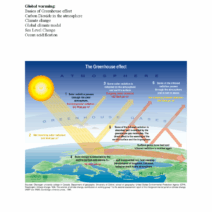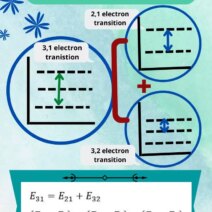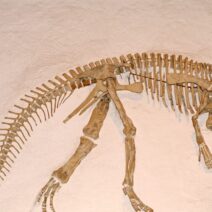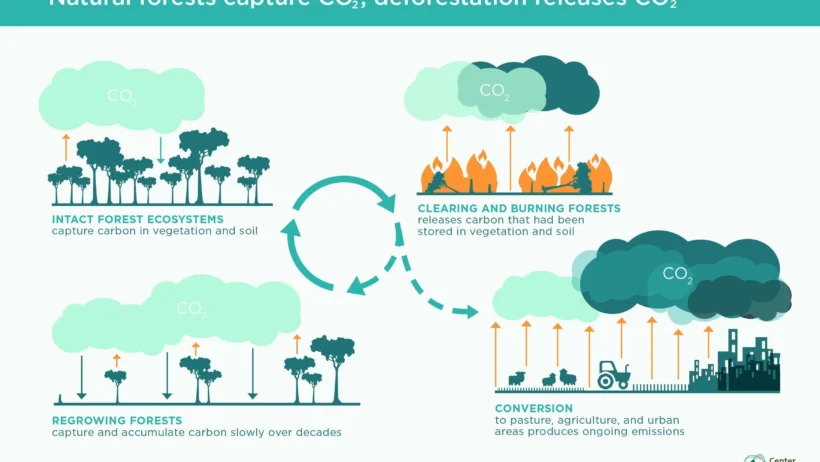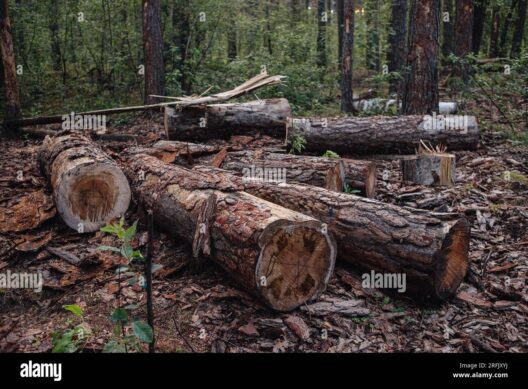Is carbon dioxide (CO2) the ultimate villain in the saga of climate change? This question invites a deeper exploration into the multifaceted role that carbon compounds play in our environment. From their natural occurrence in the atmosphere to their synthesized forms due to human activities, carbon compounds are both indispensable for life and potent agents for global warming. This piece endeavors to unravel the intricacies of carbon’s role, challenging the notion that CO2 is merely the adversary in the ongoing battle against climate change.
To grasp the complexities of CO2, we first need to understand its essential roles in Earth’s biosphere. Carbon is the backbone of all organic life, forming the fundamental framework for proteins, nucleic acids, carbohydrates, and lipids. It is a crucial part of the photosynthetic process, where plants, algae, and certain bacteria convert carbon dioxide and sunlight into glucose and oxygen. This process not only sustains the majority of life forms on Earth but also forms the foundation of food chains. Thus, it is critical to recognize that carbon itself is not inherently malevolent; rather, it is the circumstances surrounding its abundance that create challenges for our climate.
The term “greenhouse gases” often evokes images of villainy, with CO2 typically cast in the lead role. Greenhouse gases trap heat in the atmosphere, contributing to the greenhouse effect, which is vital for maintaining Earth’s temperature. Without this phenomenon, our planet would resemble a frigid wasteland. Indeed, a certain level of CO2 is necessary for life as we know it. However, the crux of the issue lies in the unprecedented quantities of CO2 released by human activities, particularly since the industrial revolution. The burning of fossil fuels, deforestation, and industrial processes have propelled atmospheric CO2 levels to heights unparalleled in human history.
What, then, constitutes the transformation of CO2 from a friend to a foe? This transition can be timely elucidated through the concept of carbon sinks. Forests, oceans, and soil serve as vital reservoirs that absorb CO2, mitigating its presence in the atmosphere. Yet, factors such as deforestation and ocean acidification diminish these carbon sinks’ efficacy. As human activities sever this critical balance, the accumulation of CO2 grows, intensifying the greenhouse effect and augmenting global temperatures.
Besides CO2, it is worthy to note that there are other carbon compounds contributing to climate change. Methane (CH4) is one such compound that warrants mention. While it is present in the atmosphere in much smaller quantities than CO2, methane is far more effective at trapping heat, making it an even more potent greenhouse gas. The challenge posed by methane is compounded by its shorter atmospheric lifespan, which means that efforts to reduce methane emissions can yield almost immediate climate benefits. Urgently, the agricultural sector, particularly enteric fermentation from livestock and the management of organic waste, must adopt sustainable practices to mitigate the release of both methane and CO2.
One might argue that the language framing CO2 as a “villain” oversimplifies the intricacies of carbon dynamics. While it’s imperative to acknowledge the detrimental effects of excessive CO2, a binary perception of good versus evil fails to consider potential solutions. For instance, carbon capture and storage (CCS) technologies have gained traction as viable strategies to sequester atmospheric CO2. By capturing carbon emissions from industrial sites and storing them underground, it is possible to significantly reduce the volume of CO2 in the atmosphere. However, the implementation of CCS poses logistical, technical, and economic challenges, warranting a collaborative effort among governments, industries, and scientific communities.
Moreover, policymakers must rigorously consider the implications of a carbon-centric narrative. Equitable transitions to low-carbon economies must ensure that marginalized communities, often the most affected by climate change, are not left behind. The pervasive rhetoric surrounding CO2 could inadvertently divert attention from other pressing issues such as biodiversity loss and water scarcity, thereby necessitating a more holistic approach to combating climate challenges.
As we endeavor to grasp the role of CO2 in climate change, it becomes evident that carbon itself is not solely an antagonist; rather, it exists within a complex web of interactions that shape our environment. While excess CO2 presents significant challenges, addressing this issue requires multifaceted strategies that consider the ecological and socio-economic dimensions of climate action. A singular focus on carbon dioxide as the villain may inhibit our ability to fully understand and effectively tackle the broader climate crisis.
Ultimately, while CO2 undoubtedly plays a substantial role in global warming, it is the narrative surrounding it that needs critical examination. Rather than viewing it purely as an adversarial force, society must engage in comprehensive strategies that recognize carbon’s dual nature, leading to sustainable actions for the preservation of our planet’s health. The time has come to redefine the vernacular of climate discourse, embracing a more nuanced perspective that not only recognizes the dangers posed by excessive carbon emissions but also promotes actions that benefit both humanity and the planet. A call to action is necessary—not to vilify carbon, but to foster innovative solutions capable of mitigating its adverse effects while celebrating its fundamental role in sustaining life.
